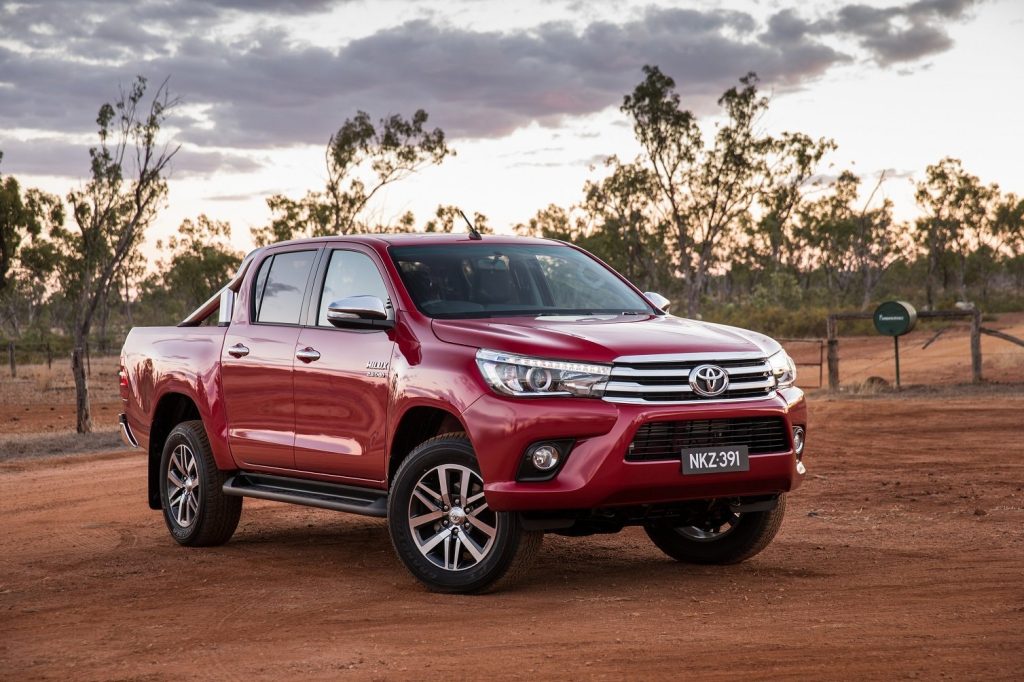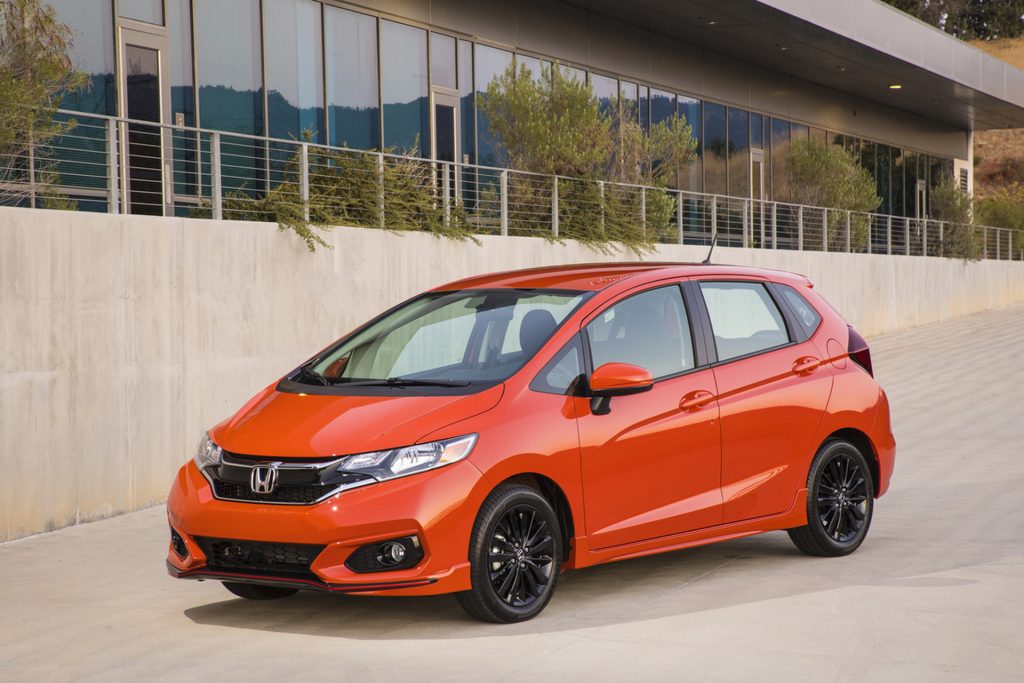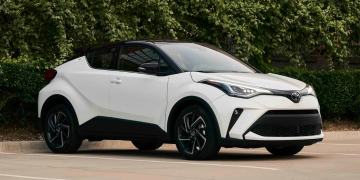Overview:
If you are looking for high-quality Japanese used cars at a reasonable price, importing a vehicle from Japan or Chile might be a great option for you. Both countries are known for their high-quality vehicles, and importing from these countries can be more affordable than buying locally. In this guide, we will provide an overview of the process of importing used cars from Japan and Chile.
Shipment Terms:
When importing a used car, you need to decide whether to use a container or RoRo (Roll-on/Roll-off) shipment. Container shipment is the safer option because the car is loaded into a container, secured, and protected during the voyage. RoRo shipment, on the other hand, is less expensive and more straightforward, but it leaves the car open to the elements.
Main Ports:

There are several main ports in Japan and Chile that you can use to import a used car.
In Chile, the main ports are Valparaiso and San Antonio. When choosing a port, it’s essential to consider the proximity to the final destination and the availability of shipping services.
Rules and Regulations:
Before importing a used car, it’s crucial to understand the rules and regulations of the country you are importing to. In Chile, you need to get an import permit from the Ministry of Transport and Telecommunications. It’s also essential to comply with the environmental regulations of your country, such as emissions and safety standards.
Document Handling:
Importing a used car requires a lot of documentation. You need to have the original title, bill of sale, export certificate, and de-registration certificate, among others. It’s essential to keep track of all the paperwork and ensure that everything is in order before shipping the car. It’s also essential to work with a reputable shipping company that can handle the paperwork for you.
Payment Methods:
- Cash or bank transfer is the preferred payment method in Japan.
- A bank transfer or letter of credit is commonly used in Chile.
- It’s important to ensure that the payment method is secure and reliable to avoid fraud.
- Consider working with a trusted intermediary, such as an import/export company, to handle the payment process.
- Always obtain a receipt or other proof of payment for your records
Frequently Asked Questions:
Q: How long does it take to import a used car from Japan or Chile?
A: The duration depends on the shipping method, destination, and customs clearance. Generally, it takes between 4-8 weeks.
Q: Can I import a used car that doesn’t meet my country’s emission and safety standards?
A: No, you need to comply with your country’s regulations.
Q: Do I need to pay import taxes when importing a used car?
A: Yes, you need to pay import taxes and duties.
Q: Are there any risks involved in importing a used car from Japan or Chile?
A: Importing a used car from Japan or Chile can be risky if you are not careful. Some of the risks include fraud, inaccurate vehicle descriptions, and hidden damages. It’s essential to work with a reputable seller and shipping company, inspect the vehicle thoroughly, and obtain a comprehensive history report before importing a used car.
Most demanded Japanese import cars in Chile:
Toyota Hilux:

The Toyota Hilux is a popular pickup truck that is known for its reliability and durability. It is a versatile vehicle that is suitable for both personal and commercial use.
Subaru Forester:

The Subaru Forester is a compact SUV that is known for its all-wheel drive capability and spacious interior. It is a popular choice among Chileans who enjoy outdoor activities such as hiking and skiing.
Honda Fit:

The Honda Fit is a compact hatchback that is known for its fuel efficiency and practicality. It is a popular choice among city dwellers that need a car for daily commuting and running errands.
Mitsubishi Lancer:

The Mitsubishi Lancer is a sporty sedan that is known for its performance and sleek design. It is a popular choice among young drivers who are looking for a stylish and affordable car.
Conclusion:
Importing a used car from Japan or Chile can be a great way to get a high-quality vehicle at a reasonable price. However, the process requires careful planning, documentation, and compliance with regulations. Working with a reputable shipping company can help make the process smoother and more efficient. We hope that this guide has provided you with the essential information you need to import a used car from Japan or Chile.
You might also like: Top Japanese Cars for a Comfortable and Convenient Ride










